The content of the article
Sesame seeds - from childhood is a familiar delicacy. They are known as delicious culinary spice, in European cuisine added exclusively to sweet dishes. In fact, sesame has a lot of useful properties and is often used in alternative oriental medicine. Now it is fashionable to turn for help to popular recipes for healing, perhaps sesame should be added to your first aid kit?
What kind of sesame plant?
Sesame or sesame is a genus of annual herbaceous plants common in many African countries. It includes 26 species. In food most often consumed Indian Sesame. This species grows not only in India, which is clear from the name, but also in other eastern countries. In total in the world there are 15 countries involved in the export of sesame to all corners of the planet.
For,in order to give the seeds a sweeter taste and to remove the astringency, sesame is not just grown, but also treated in a special solution and cleaned of the shell before being sent to importers. Thus, the seeds acquire new taste, but lose a number of useful properties. The fact is that many vitamins and minerals are contained in the shell. However, unpeeled sesame seeds are very difficult to find in the European part of the mainland, since they are not popular with consumers.
How to use sesame in different countries
Sesame is used not only in food and medicine, but also in cosmetology. It is eaten more often in the countries of the east, where it grows. The main value of sesame is that it is very unpretentious to weather conditions. The roots of the plant go far inland, so the heat and drought do not prevent it from growing. This is especially important for areas where it rarely rains.
Sesame oil is produced from sesame, in some countries it is more common than sunflower, olive or corn. Use it like any other vegetable oil.Sesame made sprinkle buns and puffs, add to the dough when baking sweets.
In the east, halvah and kozinaki are cooked from roasted sesame seeds. This is their main difference from local sesame sweets. Domestic kozinaki almost always taste like raw sesame due to improper processing. On the shelves of local shops you can find sweets and chocolates containing sesame. For example, Roshen produces milk chocolate with a lot of sesame.
Not only dessert can be made from sesame. In Arab countries, tahini is made from it - a paste that is used as a sauce for many national dishes, as well as added to cakes. In China, seeds are used to prepare the favorite national delicacy - sesame balls. The Japanese make sesame salted seasoning Gomas, which is added to most of the classic dishes of their cuisine. Interestingly, sesame is not growing in Japan, but this country is the largest importer of sesame in the world.
In addition to cooking, sesame oil is often used in cosmetology. Especially in countries where similar vegetable oils from other cultures are more expensive in order.
Sesame nutritional value
Sesame contains a large amount of vitamins. Group B in those seeds that we sell is almost not contained, it is lost during the purification of sesame. But in the seeds remains a large amount of natural antioxidants - ascorbic acid and tocopherol. Moreover, due to the high content of oils in the seeds, fat-soluble tocopherol is absorbed almost completely. In addition to vitamins, sesame is rich in essential amino acids. Of the amino acids here contains lysine, methionine and tryptophan.
Many of these seeds and trace elements. Sesame contains on average about 10% of the daily dose of substances such as: manganese, magnesium and calcium, and 20% of the daily need for copper. However, it should be borne in mind that calcium from sesame is almost not absorbed, because it is contained there in the form of salts. Carbohydrates, proteins and fats are contained in sesame in the ratio 1: 2: 4, which is not very useful for the body. The energy value of this product in pure form - 580 kcal per 100g.
Among the substances contained in sesame seeds, sesamin is the most beneficial. This is a ligand that is not found anywhere else except sesame and flax. It contributes to the acceleration of metabolism by decipheringbiochemical reactions. In addition, sesamin reduces the metabolism of vitamin E, increasing its concentration in the body. Also this ligand has anti-inflammatory properties. Sesamin is so useful that it is sold as a biological additive.
The benefits of sesame
Thanks to the substances contained in the seeds, sesame has the following beneficial properties:
- Fat burning. Thanks to sesamin, the chain of conversion of fatty acids into fats is blocked and the breakdown of fatty acids is accelerated. Because this substance is included in dietary supplements for weight loss.
- Saturation. Another useful feature for losing weight. Sesame seeds are very nourishing, their small amount allows you not to feel hunger for a long time, refusing from harmful snacks on the go.
- Protection against atherosclerosis. Sesame contains cholesterol analogue - phytosterol. It replaces a harmful compound for the body, preventing it from entering the body. Unlike cholesterol itself, phytosterol is not deposited on the walls of blood vessels in the form of atherosclerotic plaques.
- Prevention of malignant neoplasms. One of the possible causes of the formation of a tumor is lipid peroxidation. It is his antioxidants that prevent. Because vitamins E and C contained in sesame are so important.
- Acceleration of GI motility. Sesame oil has this property. It enhances the promotion of chyme in the digestive tract and is used to treat constipation.
- Hemostatic property. Sesame increases the number of platelets, which helps to stop the bleeding.
- Normalization of hormonal background. Due to the lipids contained in the seeds, the daily use of sesame by women after 50 allows them to level the hormones in their bodies and reduce the manifestations of menopause.
In addition, sesame oil is used for colds, rubbing their skin in the projection of the lungs. Also, sesame oil is used for massage, for this it is applied to the body before the procedure.
Harm sesame
The basic rule of healthy sesame - its quality. Overcooked, rotten or dried sesame does not have any beneficial substances, on the contrary, it can harm the body. Seeds of this plant should not be used by people with a tendency to increased blood clotting.It is dangerous with thrombosis and embolism.
In addition, a contraindication to the use of this product is urolithiasis, calculous cholecystitis and diarrhea. It is worth knowing that sesame is one of the most powerful plant allergens. In terms of the number of food allergies caused, it is inferior, perhaps, only to peanuts. Therefore, sesame should be used with caution in people who are prone to allergies.
The optimal daily dose of sesame seeds - 10-15g. At the same time it can be eaten both independently and as an additive or seasoning to main dishes. It is worth taking into account all the eaten sesame.
Thus, we can conclude that sesame is a tasty and healthy eastern plant. It has essential substances that positively affect the functioning of the body. However, it is important to observe the measure when consuming the seeds of this plant.
Video: healing properties of sesame

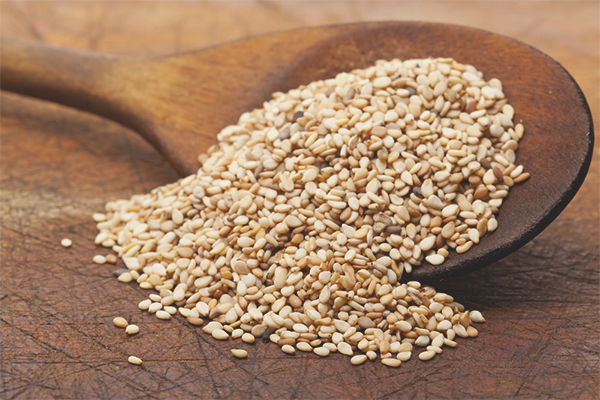
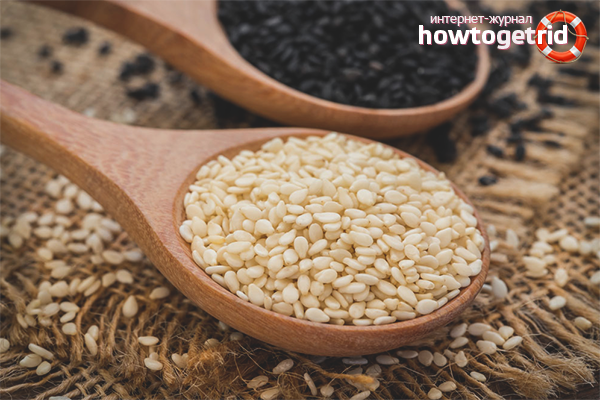

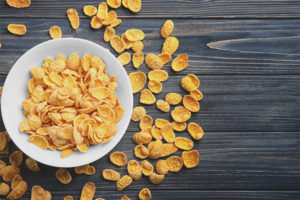


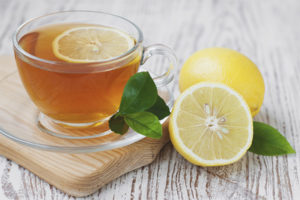
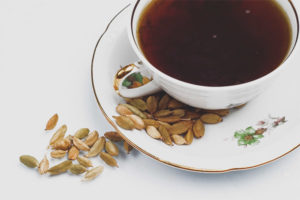
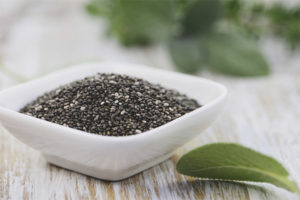
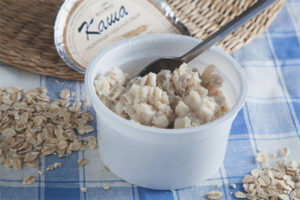
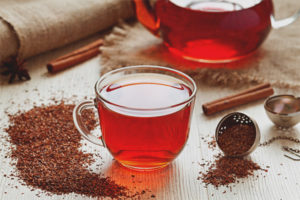
To send